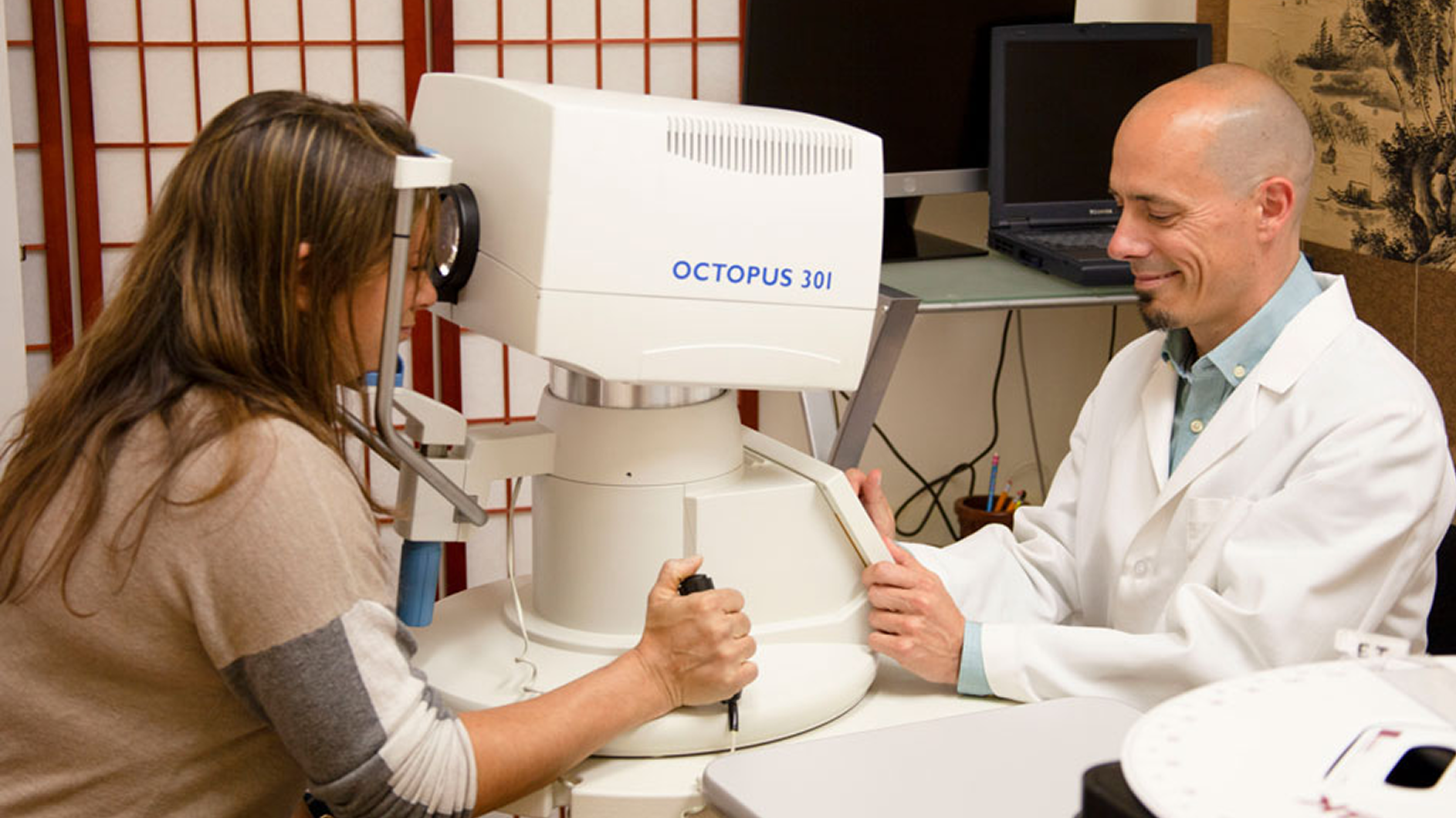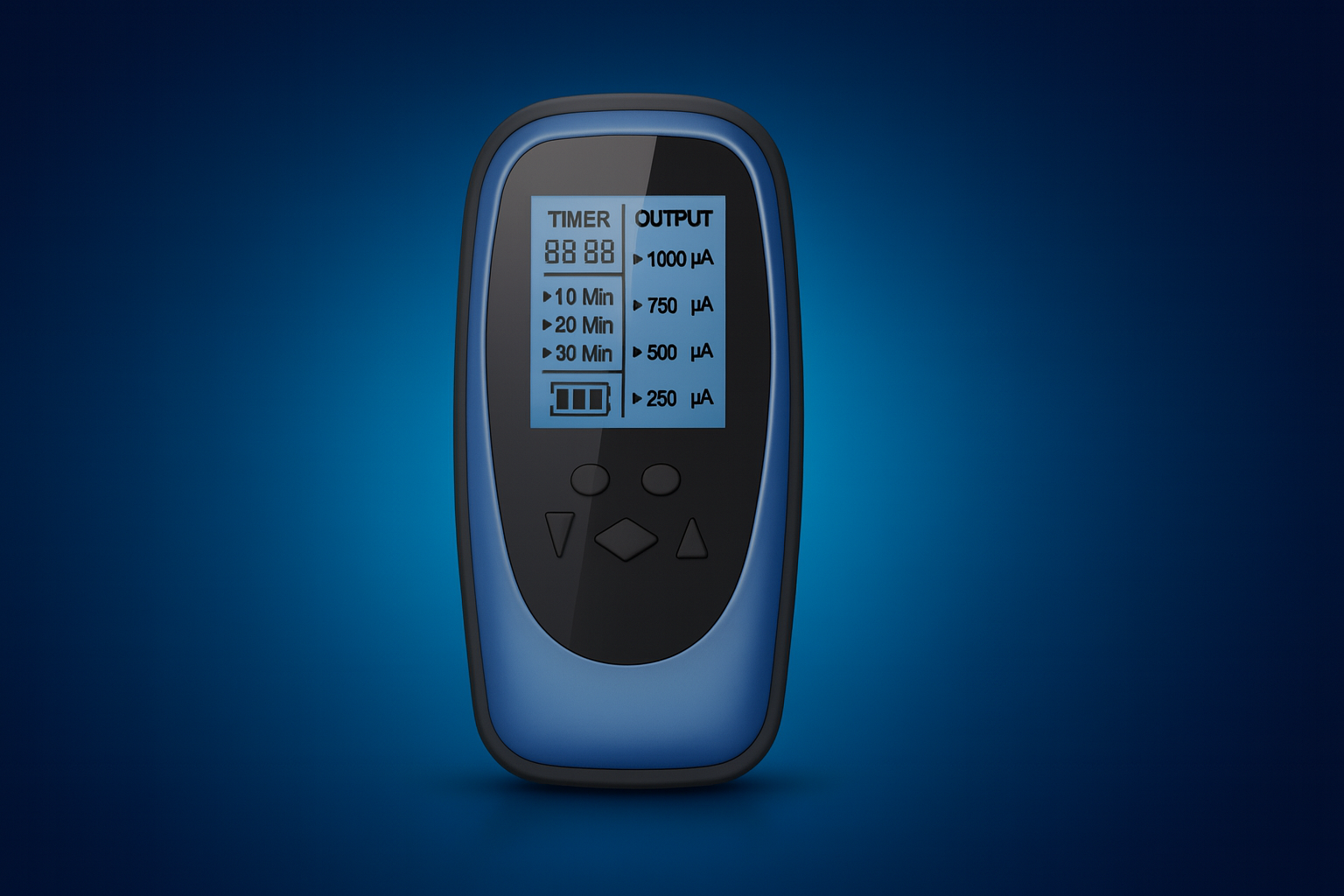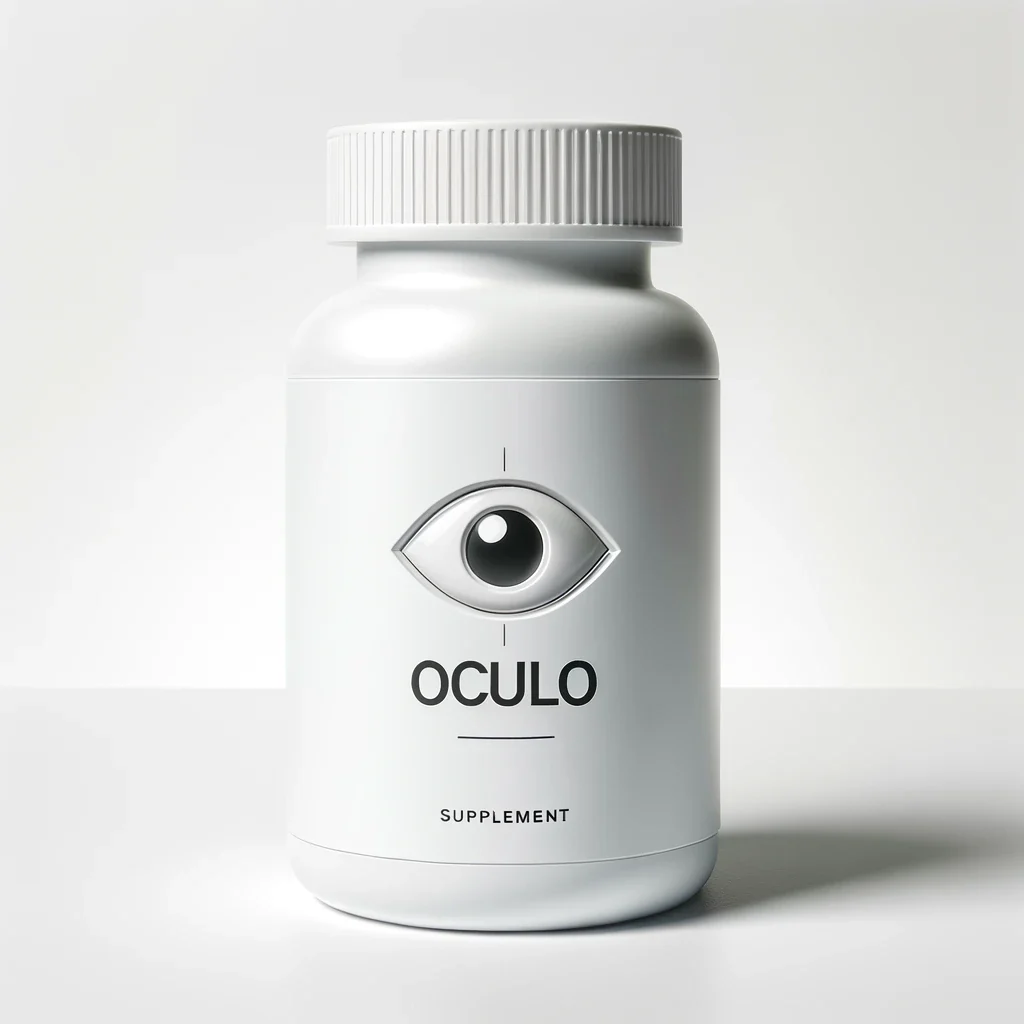The Truth About Anti-VEGF Injections: What They Help—and What They Don’t
If you’ve been diagnosed with wet macular degeneration, your retina specialist probably recommended anti-VEGF injections such as Eylea®, Lucentis®, Avastin®, or Vabysmo®.
These injections can be lifesaving for vision in the short term—but they are not a cure.
Dr. Andy Rosenfarb explains:
“I’m not against injections. They can stop bleeding and buy you time.
But we have to be honest—they don’t fix the reason your eye started bleeding in the first place.”
What Anti-VEGF Drugs Are Designed For
VEGF stands for Vascular Endothelial Growth Factor—a natural chemical your body makes when tissues become oxygen-deprived (a state called ischemia).
In macular degeneration, when the retina doesn’t get enough oxygen or nutrients, it releases VEGF to grow new blood vessels.
This process—called neovascularization—is your body’s emergency survival response.
Anti-VEGF injections work by blocking that signal.
They inhibit new blood vessel growth and help the body reabsorb fluid and blood already present in the retina.
In short:
✅ They stop bleeding.
✅ They reduce swelling.
❌ They do not restore oxygen or circulation.
How They Work—And Why Relief Is Temporary
Most patients experience improvement after the first few injections.
Vision may stabilize or even get a bit clearer as the blood is absorbed.
But over time, the body adapts.
Dr. Rosenfarb explains:
“Nature finds a way. Your body still needs oxygen, so it keeps trying to grow new vessels—even if the drug blocks them. That’s why patients end up on monthly injections for years.”
This resistance or tolerance means each injection may become less effective, and some patients need to switch between medications.
Meanwhile, the underlying oxygen deprivation remains unaddressed.
The Problem with Long-Term VEGF Suppression
VEGF is not just about “bad” blood vessels—it also helps maintain healthy ones.
By chronically suppressing VEGF, the retina can actually lose some of its natural ability to maintain microcirculation.
Potential side effects include:
- Retinal thinning or atrophy
- Chronic inflammation or scarring
- Reduced oxygenation to healthy tissue
- Dependency on repeat injections
“If you shut down VEGF for too long, you also shut down the retina’s natural repair mechanisms,” says Dr. Rosenfarb.
“You might stop the bleeding, but you starve the eye in the process.”
Why Injections Alone Can’t Stop Degeneration
Wet macular degeneration doesn’t start with VEGF—it starts with ischemia: lack of blood flow, poor oxygen, and toxic waste buildup under the retina.
That suffocating environment forces the body to produce VEGF as a desperate attempt to save vision.
Suppressing VEGF is like silencing the fire alarm without putting out the fire.
The true underlying causes include:
- Chronic inflammation
- Oxidative stress and free radical damage
- Breakdown of the Brooks membrane
- Poor microcirculation to the retina and optic nerve
- Mitochondrial (cellular energy) dysfunction
Until these are corrected, the disease continues to smolder beneath the surface.
Risks of Overuse and Drug Resistance
Dr. Rosenfarb warns that long-term dependence on injections can backfire.
“The drugs were designed for emergencies, not for monthly use forever. They can stabilize the crisis, but overuse may accelerate degeneration.”
Patients often develop tachyphylaxis—a medical term for diminishing response over time.
When that happens, doctors rotate between drugs or increase frequency, which adds stress to the eye.
A Balanced Integrative Strategy
Dr. Rosenfarb doesn’t tell patients to refuse injections—he helps them use them more effectively.
“I tell my patients: If you’re bleeding, get the shot. But while you’re doing that, let’s fix the environment that caused the bleed.”
That means combining conventional and holistic therapies to restore the retina’s oxygen supply and resilience.
His typical integrative plan includes:
- Ophthalmic Acupuncture
Increases nitric oxide and blood flow to oxygen-starved retinal tissue.
- Alternating Current Microstimulation (ACS-3000)
A device Dr. Rosenfarb developed to enhance microcirculation and cellular energy production.
- Red-Light Therapy
Supports mitochondrial repair and reduces oxidative stress that triggers VEGF overproduction.
- Hyperbaric Oxygen Therapy
Delivers oxygen directly to the retina and optic nerve, accelerating healing from ischemic damage.
The Functional Medicine Perspective
From a functional standpoint, VEGF overproduction is not random—it’s the body’s way of compensating for suffocation.
The goal isn’t to block VEGF permanently; it’s to create a healthy environment where VEGF is no longer needed.
That’s done by:
- Improving microcirculation
- Rebuilding the Brooks membrane
- Reducing oxidative stress
- Supporting detoxification
- Managing lifestyle and stress
Dr. Rosenfarb’s 12-week AcuVision program teaches patients how to do this step-by-step from home.
A Realistic Approach
“Anti-VEGF injections are the fire extinguisher. Holistic medicine rebuilds the house.”
When used together, patients often see the best outcomes—less bleeding, fewer injections, and a stronger retina overall.
If your ophthalmologist says injections are “the only treatment,” that simply isn’t true.
They’re one piece of the puzzle, not the whole picture.
The Takeaway
- Injections control bleeding but don’t restore circulation.
- Long-term use can cause resistance and atrophy.
- Functional medicine focuses on oxygenation, blood flow, and inflammation control.
- Integrative care can reduce your need for injections and help preserve sight naturally.
If you or a loved one is managing wet macular degeneration:
- Learn about holistic treatment options.
- Explore the AcuVision 12-Week Program.
- Schedule a Telehealth consultation to discuss a customized recovery plan.
- Learn more about in-office care to enhance oxygenation and reduce dependence on injections.
Treatment Solutions for
Choose the treatment approach that fits your life
Whether you prefer hands-on care, convenient telehealth visits, or self-guided learning, we have multiple ways to help you manage .

In-Office 2 Weeks to Better Vision
Combining acupuncture, laser therapy & diagnostics at Dr. Rosenfarb's office in New Jersey. 90% of patients see measurable vision improvements.
Learn more
One-on-One Telehealth Sessions
One-on-one virtual sessions with Dr. Rosenfarb. Get personalized assessment and custom treatment plan from home.
Learn more
At-Home 12-Week AcuVision Program
Dr. Rosenfarb's 12-week step-by-step system. Live Q&A, guided exercises, and comprehensive approach to vision recovery.
Learn more
Alternating Current Micro Stimulation (ACS)
At-home micro stimulation system developed by Dr. Rosenfarb. Clinically proven at-home therapy to reactivate dormant eye cells.
Get ACS-3000
Eye Health Supplements
Scientifically-formulated supplements chosen by Dr. Rosenfarb to nourish your eyes and support healthy vision recovery.
Get supplements
